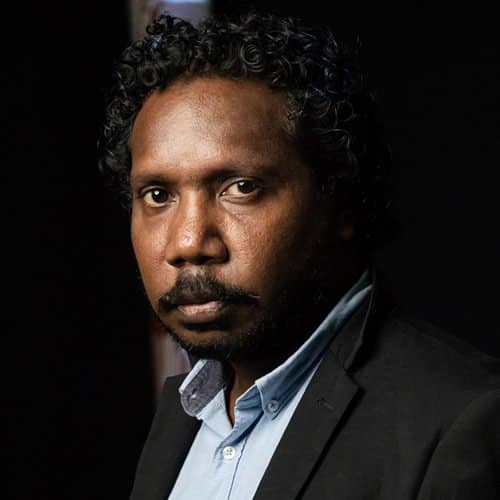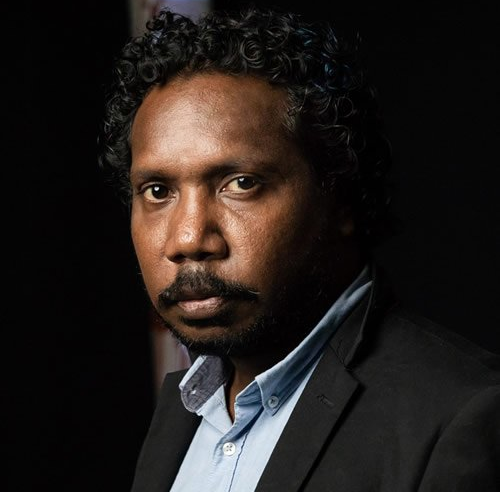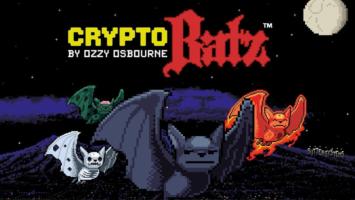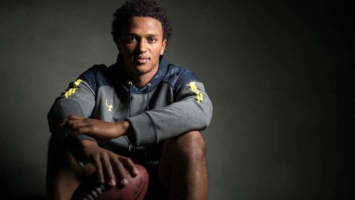The growing NFT market has seen artists from all walks of life and from across the globe dropping their NFTs. Now, the indigenous Yolngu artists from remote East Arnhem Land in Australia are turning their physical artworks into NFTs. Yolngu artists are world-famous for their pieces depicting connections between the land and the sea. For them, NFTs will open up a new means to authenticate their digital works.

“There are songlines [that have] been carried from the ancestors, been passed on to great-great-grandfathers to, you know, grandfathers, to fathers and to us,” Yolngu artist Ishmael Marika told ABC. “We want more of my clan and our tribes to show themselves to the world, so the world can see [us] and carry on stories.”
Who are the indigenous artists dropping NFTs?
The indigenous artists from the Buku-Larrnggay Mulka art centre in Yirrkala are the community members currently exploring NFTs. To begin with, artists Wukun Wanambi and Ishmael Marika have dropped their respective NFT collections. Both the artists have won the M H Carnegie Fine Art NFT fellowship award. They are also members of MintNFT, Australia’s first fine art NFT collective. Besides, venture capitalist, Mark Carnegie funded the artists to launch their NFTs.
The artists created the indigenous art NFTs by digitising physical works. In fact, the original works range from drawings to bark paintings. Then, they used an infrared camera to photograph these artworks. Lastly, they turned the photographed pieces into magnificent, dynamic digital pieces.
“If enough of these are sold, Mulka’s portion of that will go to buying that piece for the museum here,” said the art centre’s Mulka Project technical director, Joseph Brady. This way, the physical pieces will stay at the museum and remain within the Yolngu community.

Wawurritjpal by Wukun Wanambi
Wanambi is an award-winning Yolnu artist and senior Marrakulu clan leader, who works with traditional Yolnu mediums. His NFT collection features detailed scans of his bark painting ‘Wawurritjpal’. The 3D digital replica of the original piece was then divided to create 81 unique NFT artworks. The artwork represents “the ceremonial waters” of his ancestral homeland Gurka’wuy. Currently, it is on loan to The Yirrkala Museum.
The collection is now live on OpenSea, with a floor price of 0.1 ETH. So far, it has fetched 0.90 ETH (around $2,700) in sales volume.
Rulyapa By Ishmael Marika
On the other hand, Marika’s NFT artwork features hand-drawn generative animations. These represent the “temporal states of the sacred Rirratjingu saltwater Rulyapa”. Through the artwork, the indigenous artist has tried to portray the “angry feelings” of people.

A filmmaker and Yolnu digital artist, Marika is a Rirratjingu clan leader. His works have been exhibited across major institutions and galleries in the world.
You can buy his debut NFT collection on OpenSea. At the time of writing, the NFTs were at a floor of 0.3 ETH.
Are you tired of missing important NFT drops?
Just check out our NFT Calendar!
Receive the biggest NFT news of the day & recommendations in our Daily newsletter.
All investment/financial opinions expressed by NFTevening.com are not recommendations.
This article is educational material.
As always, make your own research prior to making any kind of investment.






















Comments (No)